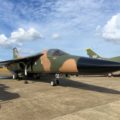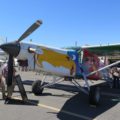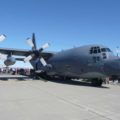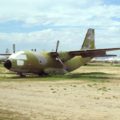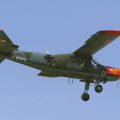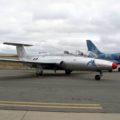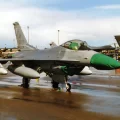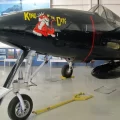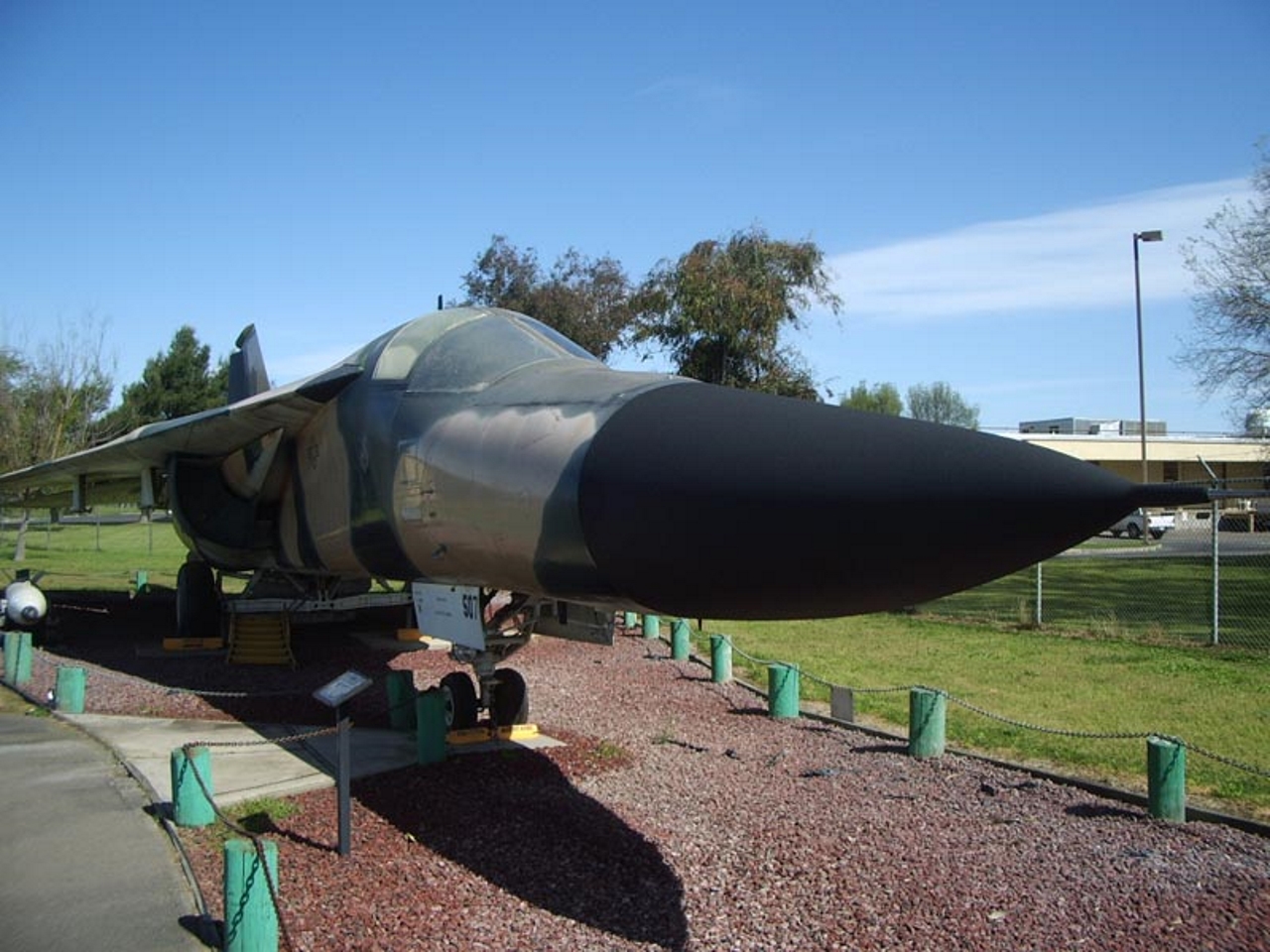
Algemene Dynamica FB-111A Aardvark | |
| Land | Usa |
| Type | Supersonisch vliegtuig |
| Foto | Vladimir Yakubov |
| Zoek | Kasteel AFB Museum |
| Beschrijving | Album van 64 foto's walk-around van een «General Dynamics FB-111A Aardvark» |
Fotogalerij van een Algemene Dynamica FB-111A Aardvark, The General Dynamics F-111 Aardvark was a supersonic, medium-range interdictor and tactical attack aircraft that also filled the roles of strategic nuclear bomber, aerial reconnaissance, and electronic-warfare aircraft in its various versions. Developed in the 1960s by General Dynamics, it first entered service in 1967 with the United States Air Force. The Royal Australian Air Force (RAAF) also ordered the type and began operating F-111Cs in 1973.
| Specificaties | |
|---|---|
| Role | Interdictor, jachtbommenwerper en strategische bommenwerper |
| Fabrikant | Algemene dynamiek |
| Eerste vlucht | 21 december 1964 |
| Introductie | 18 juli 1967 |
| Voormalig | 1998/2010 |
| Aantal gebouwd | 563 |
Gerelateerde kits:
Kits zoeken op eBay:
Zie ook:
The General Dynamics FB-111A Aardvark was a strategic bomber variant of the F-111 Aardvark, a supersonic, medium-range interdictor and tactical attack aircraft. The FB-111A was developed in the late 1960s as a replacement for the aging B-52 Stratofortress and B-58 Hustler bombers in the Strategic Air Command (SAC). The FB-111A had a longer wingspan, a strengthened landing gear, and an increased fuel capacity than the F-111. It also had a more advanced avionics suite, including an inertial navigation system, a terrain-following radar, and a nuclear weapons delivery system.
The FB-111A could carry up to six nuclear bombs or missiles in an internal weapons bay and on four external pylons. The FB-111A entered service in 1969 and was deployed to bases in the United States and Europe. It participated in several exercises and operations, such as Giant Lance, El Dorado Canyon, and Desert Storm. The FB-111A was retired from service in 1991, after the end of the Cold War and the introduction of the B-1B Lancer and B-2 Spirit bombers. The FB-111A was a versatile and reliable aircraft that served as a vital component of the US nuclear deterrent for over two decades.

Bekeken : 3523


